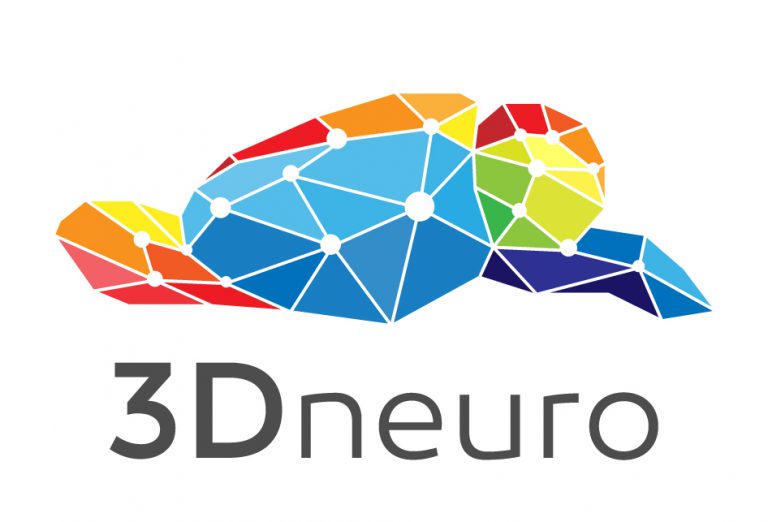
My first introduction to probe implants was using a drive that was completely incased in dental cement. The probe was not recoverable, and the drive was three times as expensive. R2Drives completely changed things for me. The R2Drives make probe implants and explants easy. I’m now able to reuse probes several times over, and the R2Drive remains reliable throughout reuse.
Laura's research
In a nutshell
We investigate how hippocampal physiology is altered in animal models of Alzheimer’s disease, with a particular focus on the impact of reduced blood flow on memory-related processes. Using silicon probes, we record neural activity to capture physiological signatures of memory and develop optogenetic strategies for closed-loop therapeutic interventions.
Check out our lab's and my personal websites for more info!
My first introduction to probe implants was using a drive that was completely incased in dental cement. The probe was not recoverable, and the drive was three times as expensive. R2Drives completely changed things for me. The R2Drives make probe implants and explants easy. I’m now able to reuse probes several times over, and the R2Drive remains reliable throughout reuse.
Last updated: February 27, 2025

